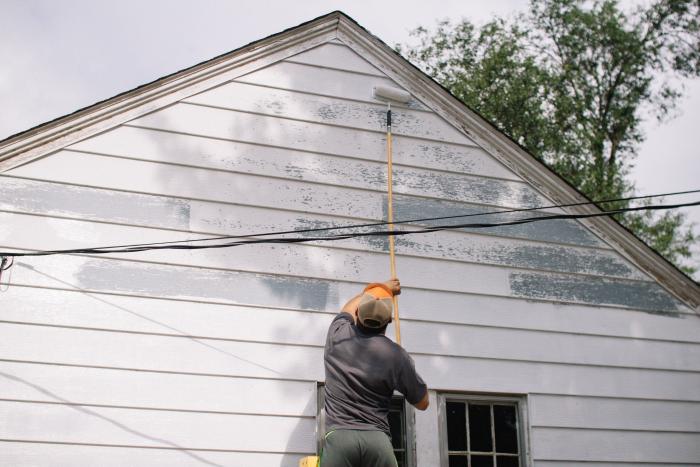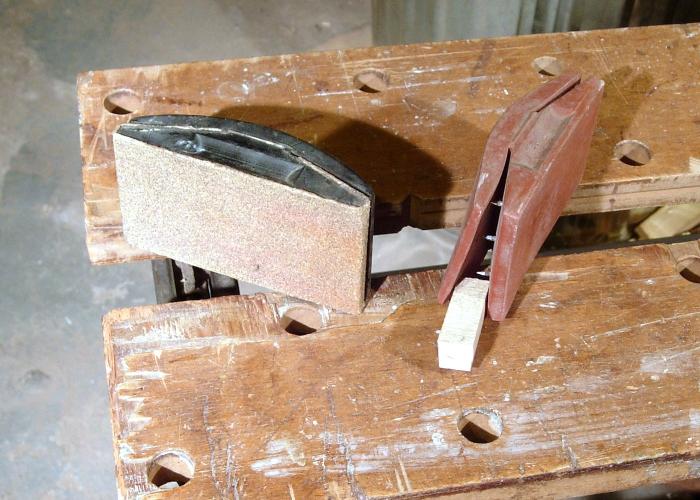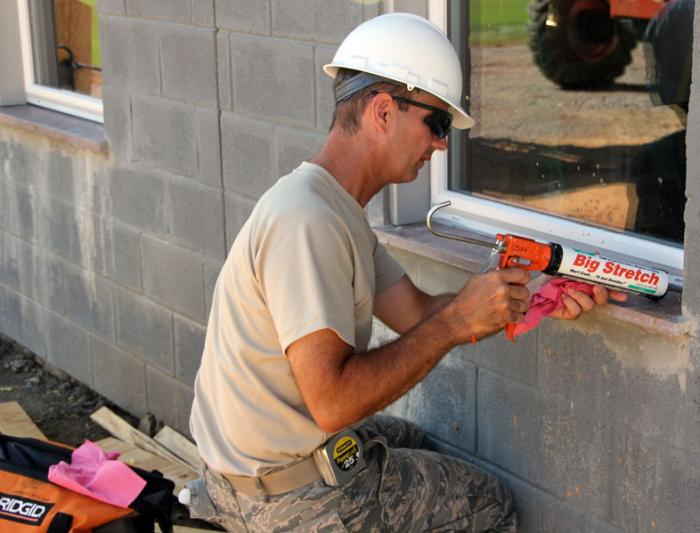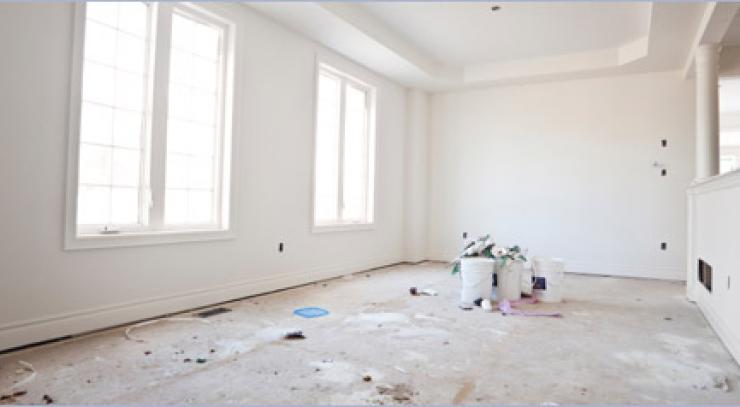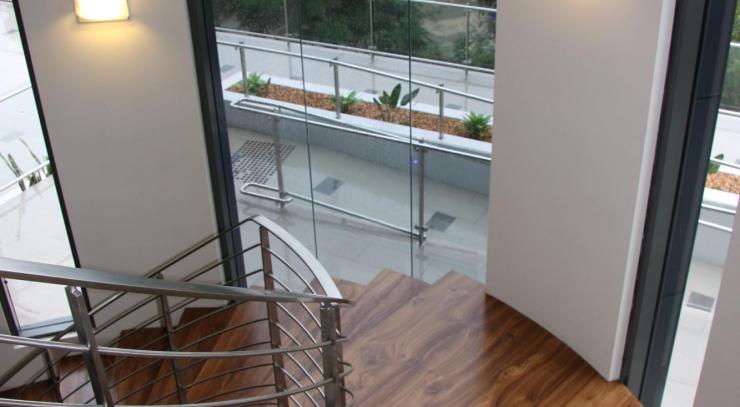Nothing will refresh your house exterior more than repainting the facade, and it can be done for a reasonable price over a few days.
However, repainting your house exterior can be a handful, even for professionals, which is why preparation is essential. Putting just a little more effort does pay off.
Here are some useful tips on how to revitalise your facade successfully and not waste too much money or time.
Washing
For the paint to adhere, you must create a solid and clean surface. No dirt, spider webs or old colour peels should be in your way before applying the colour. The easiest way of doing this is by using a pressure washer but a hose or a pump sprayer can serve as well. Make sure you have reached all the corners and spaces under larmiers before you go on with the process.
Protecting the yard
Don’t forget how messy repainting can get. Scraping the old colour, sanding and fresh colour dropping all over the yard are all expected situations. Make sure you have protected all the doors, windows, outside furniture, walkways and plants. Covering them with a disposable thin foil will make the cleaning process much easier and more practical.
Painting
When it comes to choosing the right paint, there is plenty of choices. Acrylic latex colours are the easiest when it comes to maintenance. They are also more durable since they don’t harden over time like oil ones. They are also easy to apply and safe to use.
On the other hand, oil-based colours have the advantage of being water repelling so they are great for porches.
If repainting is something you wish to do yourself, then going for the paint sprayer is the easiest way to go. However, there are many professionals available and you can pick up some tips and tricks for the next time.
What you need to do before the fresh paint:
1.Scraping
Old colour layers, bubbles and blisters can interfere with new coat adhesion as well. If there is more than one layer, removing old paint can get difficult. For rough patches, you can ease the process by using a heating gun to melt through the layers. The advantage of hand scraping is control of the damage behind it, yet it is very slow compared to power grinders and sanders. If you are not scraping the whole surface but selected damaged areas, make sure to blend the edges by hand sanding to avoid rough edges.
2.Sanding
This step will ensure there is a smooth base for your new coat. When it comes to the roughness of sandpaper, there’s a variety between 80- and 120- grit. You can choose according to the condition of the wood and previous colour.
Depending on the thickness of the old layers, potential cracks and scrapes, you can have one or two rounds of sanding. Be sure to protect your respiratory organs from refuse using the face mask or a respirator.
3.Filling the cracks
Before you start with painting, make sure you check the facade for any cracks, scrapes and damages. These can easily be filled with silicone caulk or wood filler. Make sure you cover all the door and window frames and any other types of joints, and let them rest properly before proceeding to prime.
4.Priming
As much as priming the whole surface has its advantages, it might be an excess job. Priming only selected areas like raw or damaged wood is sufficient. Nowadays, modern colours already have primer included. You might consider calculating the total price of primer and colour and substituting it for more expensive, primer-included colour. It will save you time and a few extra layers.
5.Boxing the paint
This is also a professional tip. Putting multiple cans of the same colour together in a large container will help you avoid slight differences in shades which can happen between cans of the same colour. This is called boxing a paint and it is particularly important if there was a time gap between your paint cans purchasing.
In the end, there are some general rules of painting, such as going from top to the bottom, and applying two coats is better than one. Keep an eye on the weather since it will be difficult for paint to dry if the air is humid. For more specific details you can always consult local professionals to make sure you won’t be needing repainting again in a few years.

